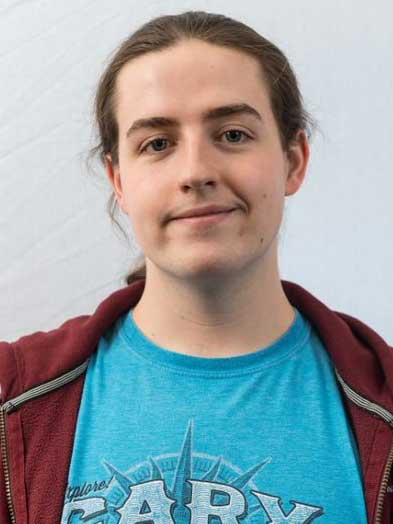Student spotlight: Nicholas Reed – Imperial College London
Understanding and accurately measuring radiation dose is critical in protecting the health of workers in modern nuclear facilities, with radiological protection standards characterised by risk to health. Safeguarding the modern workplace typically requires using dose quantities such as ambient dose equivalent, defined as the dose in a human tissue average. However, this does not consider the fact that different doses to organs results in varying risks to health.
The gold standard for protection is effective dose: the weighted sum of the dose per organ, weighted by the risk to health from a dose to that organ. Measuring effective dose directly is not currently possible for state of-the-art dosimeters due to the difference in complexity between the human body and any practical detector. As most dosimeters cannot measure both energy and direction of incident radiation, modern dosimetry instead relies on ambient dose measurements being a conservative estimate of risk in comparison with effective dose.
This PhD, a collaboration between the National Physical Laboratory and Imperial College London, is developing a novel dosimeter that is sensitive to both energy and direction of gammas and neutrons to improve dose measurements for radiological protection. This dosimeter is comprised of a 3D array of polyvinyl toluene (PVT) scintillator cells with LiF:ZnS(Ag) scintillator screens attached to each cell. Neutrons are thermalised in the PVT before capturing on the scintillator screens, whilst photons are detected through Compton scattering in the PVT, and the distribution of counts encodes the energy and direction of the incident field.
If effective dose could be accurately measured, workers in nuclear environments could work safely, with confidence, for longer periods. Our dosimeter can provide a coarse measurement based on a directional decomposition of the radiation field, an improvement on relying solely on ambient dose.

This device could become a new reference instrument for neutron and gamma dosimetry, allowing a more accurate assessment of radiological safety than the current state-of-the-art.
Nicholas Reed – Imperial College London